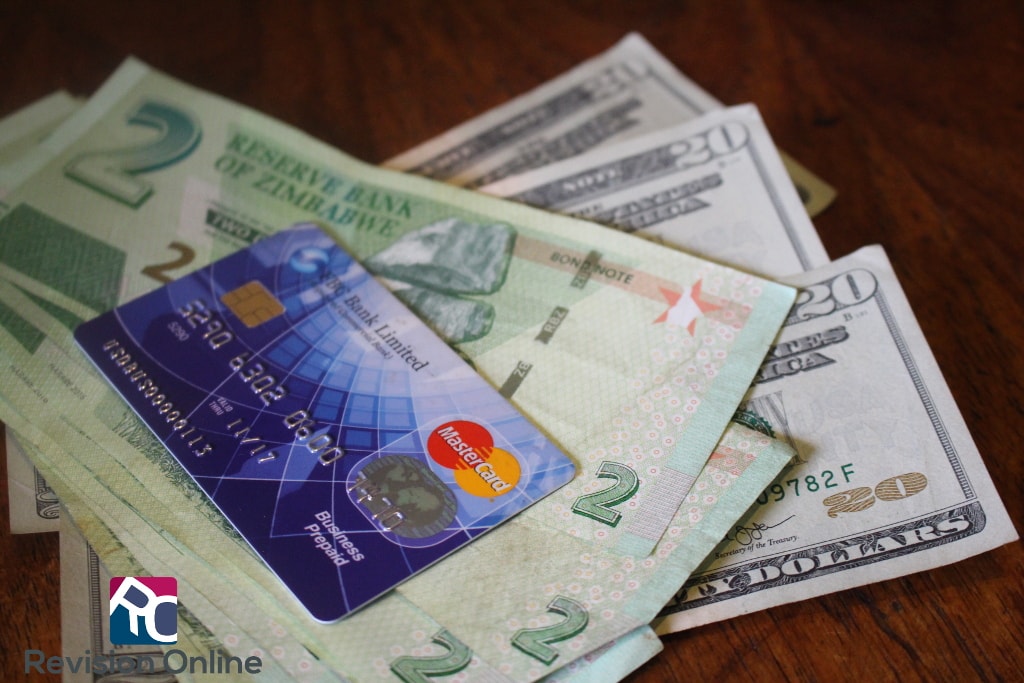ZIMSEC O Level Business Studies Notes: Business Finance and Accounting: Cash Flow Introduction
- Cash flow is defined as the movement of cash into and out of the business
- Cash flowing into the business is called cash inflow
- Conversely cash flowing out is called cash out flow
- In accounting terms cash flow is viewed as the difference between the amount of cash at the end of the year versus the amount of cash we had at the beginning
- If the amount of cash outflows exceed the amount of inflows in a given period this is known as negative cash flow or deficit
- On the other hand if the amount of cash inflows exceed the amount of outflows in a given period this is known as positive cashflow or surplus
- In finance and accounting terms cash is defined as ready money
- includes money in hand, petty cash, bank account balance, customer checks, and marketable securities
- The later are known as cash equivalent
- Cash is the primary means by which a business meets it’s financial obligations
- A business that has ample surplus cash flow is said to be liquid
- A business that has a deficit is said to be illiquid
Differences between profit and cash flow
- Profit is the difference between revenue obtained from operations and the expenses incurred in generating that revenue
- Cash flow meanwhile is the net difference between cash inflows and cash outflows in a given period
- Profit is shown in the Income statement/Statement of comprehensive income which was formerly known as the Trading and Profit and Loss Account
- On the other hand Cash Flow is shown in the Cash Flow statement
- Profit is calculated using what is known as the matching concept or the accrual basis while cash flows are calculated on a cash basis
- Consider the following example:
- John starts his business with $5000 which he uses to purchase goods worth $4 000 and sells for $5 000 on credit
- Assuming no other transactions take place in John’s business
- His profit will be $5 000 – $ 4 000 = $1 000
- His cash flow would be: $5 000-$ 4 000= $1 000
- It must be noted that the above is a very simple case
- Consider a more nuanced example where John starts with $5 000, makes purchases worth $5 000, sells the goods for $7 000 credit and receives $500 in cash from his debtors
- His profit would be $7 000-$5 000 = $2 000
- His cash flow would be $5 000 (start up amount) – $5 000 (expended towards purchases)+ $200 (received from creditors)= $500
- As you can see the figures are clearly different
- It is therefore possible for a business to be profitable but still have liquidity problems
NB Click here to learn more about the importance of cash flow to a business
To access more topics go to the O Level Business Notes



